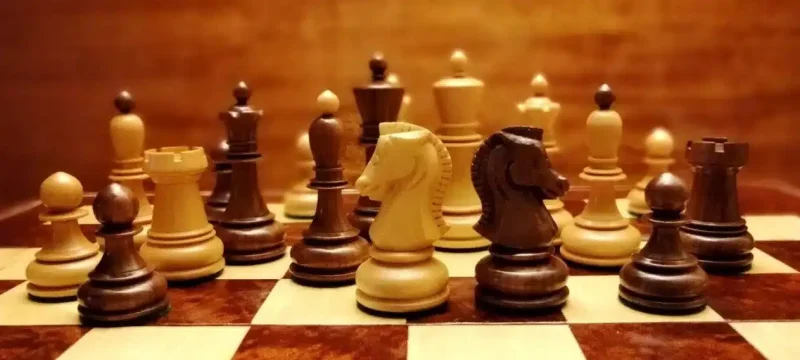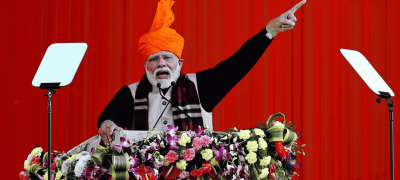, The rooks in chess are inspired by real castles. The word “rook” actually comes from the Persian word “rukh,” which means chariot or siege tower. The game of chess was invented in India in the 6th century AD in the Gupta Empire. It later spread to Persia and the Islamic world.
Read more : Arshad Nadeem to Make a Big Comeback at the World Athletics Championships
In its earliest form it was known as chaturanga. The chess pieces represented the military units such as a king, a general, chariots and elephants. The rooks were used as a siege tower representing defensive structures in warfare. As this game spread to different cultures, the chariot’s representation transformed into that of a castle, reflecting the changing nature of military tactics and the importance of castles warfare. It was used just as a castle has been strategically poisoned to defend and protect a kingdom.
The movement of rooks and its strategic role in chess is also similar to the function of castles in medieval times. In chess Rooks can move horizontally and vertically, just like a castle tower on a chessboard. Rooks are often used to control open files and support other pieces, advancement of pawn. Muhammad Iqtedaruddin







